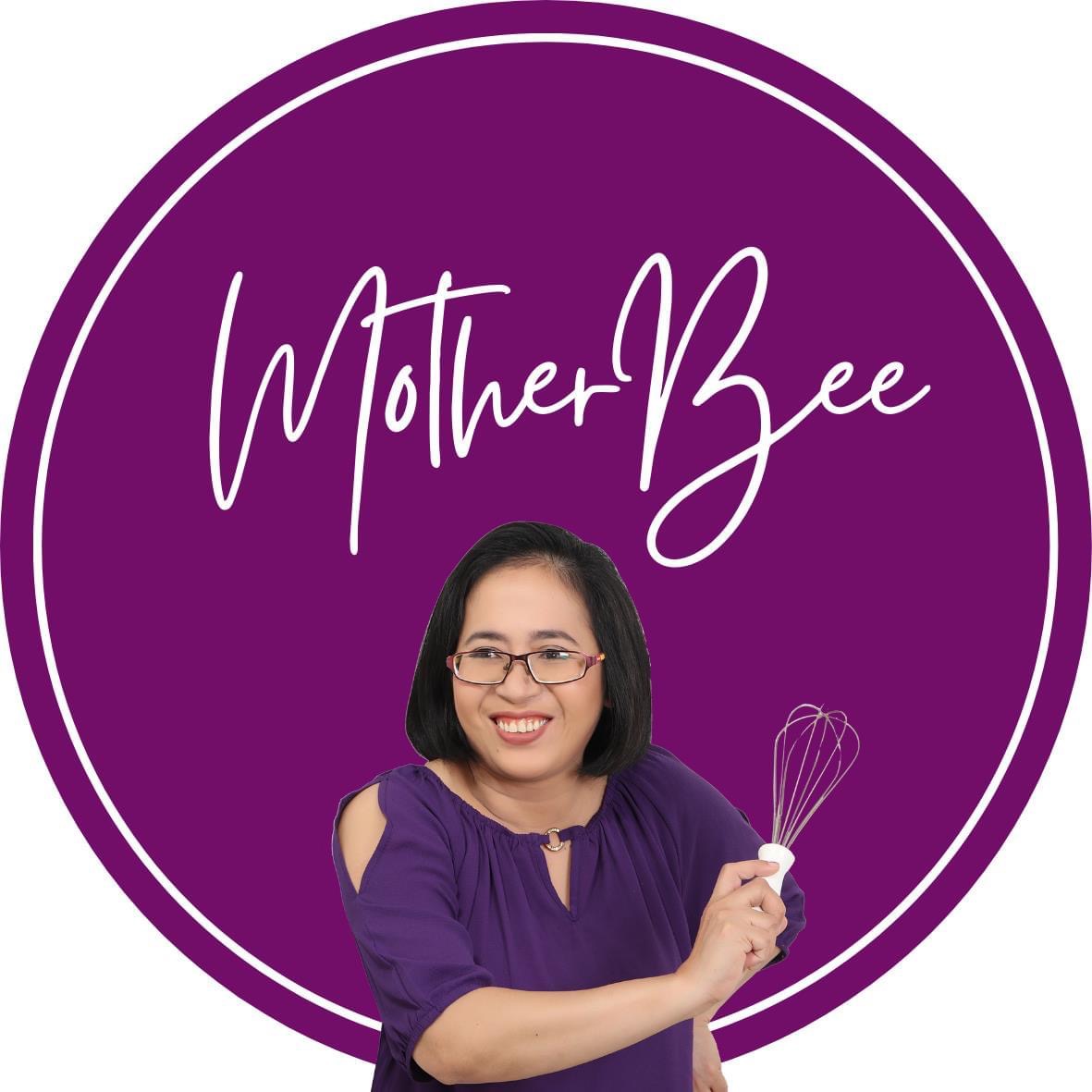The science behind caramel
- Mother Bee
- Sep 6, 2023
- 4 min read
Updated: Sep 17, 2023

The word Caramel is English and French, but it originatesfrom the Latin word “Calamellus” which means sugar cane or in Medieval Latin the word, “Cannamella.” “Canna” means cane and “Mella” means honey. The Medieval Latin seems to describe the word perfectly because Caramel is sugar transformed into a liquid which resembles honey in its taste, colour and consistency.
The first caramel product that I tasted began a sentimental food story in my life and this was the Banana cue and Camote cue. Aged 2, my father left Cebu and tried to find a better job in Manila, leaving me and my mother alone in Cebu. During that period my mother tried her best to help the family by cooking Banana cue and Camote cue and selling it to the neighbors. I also wanted to help by selling the banana cue and camote cue to the nearby school. My mother would pack the newly cooked banana cue and camote cue in a bilao covered with banana leaf. I used to put the bilao on my head and shout “banana cue!” as I walked to school while my mother closely watched me.
Caramel is part of Filipino food history and is also for many other countries. I used to love the brittle yet chewy “Tira-tira” that my parents bought from the wet market. Tira-tira is a pulled-sugar candy with a chewy-brittle texture and it has amild caramel-sweet taste. I remember that I always used to struggle to eat it because of how chewy it was.
Another caramel product that I remember is Ampao. It is popped rice coated with caramel, the caramel serves as an adhesive to stick the popped rice into shapes such as rectangles, squares or logs. It is a great snack for children as it will fill them up during the day and provide lots of energy.
No one can go without eating caramel popcorn at the movies.I am definitely addicted to this snack. The sugary coating adds flavour to the traditional corn snack that we buy at the cinema.
Caramel’s history is not clearly written in food history but it was believed that it was discovered by the Arabs as early as 1000 AD. They call it, “Kurat al Milh” which means a sweet ball of salt. Around 1800 AD people discovered the softer and chewier version of caramel by adding milk and fat to the recipe.
I believe that the origin of Caramel came with the discovery of candy in the pursuit for sweet indulgence and comfort. I will therefore, be sharing two recipes that everybody shouldtry.
What is the chemistry of Caramel
Caramel is created by heating sugar, which turns its colorgolden brown. This process is known as caramelization. This process is the core and basic step in creating a variety of sweet indulgences such as caramel ice cream, caramel popcorn, caramel cake, caramel bar and caramel candy.
Caramelization involves heating to achieve a brown color and a non-enzyme type of browning reaction. The other browning process in food is Maillard reaction and enzymatic browning. Maillard reaction is also a browning process involving heat to create a darkening of pigments during heating, this process usually happens while baking bread, cakes, and pastries. The Enzymatic browning is the oxidation or discoloration of fruits due to the enzyme and chemical reactions after its exposure to oxygen.
During Caramelization when the heat is applied to the sugar molecule, the atoms move faster making them flow loosely, thereby converting the solid to a liquid state.
Steps in Caramelization Process
Sucrose Inversion C12H22O11 (sucrose) + H2O (water) + heat —> C6H12O6 (glucose) + C6H12O6 (fructose)
Sucrose breaks down into fructose and glucose – occurs at 180C
Dehydration - due to the heat applied the moisture present in the sugar granules will evaporate.
Fructose and Glucose (decomposes into aroma molecules) – furans, diacetyl, maltol and ethyl acetate
Furans (it is a colorless volatile liquid) has a nutty smell
Diacetyl (It is a yellow or green liquid) has a buttery smell
Maltol has a toasty smell
Ethyl acetate (colorless liquid) has a fruity smell
Re-combining of Glucose and Fructose (during this stage the brown color is produced, the melted sugar changes slightly and the texture is developed. Both the glucose and fructose forms into one molecule again. This process will produce water that evaporates eventually creating the caramel with agolden brown color with nutty, buttery, toasty, fruity smellsand tastes.
Salted Caramel Sauce Recipe
cream - 300 grams (any type of cream will do)
butter - 100 grams
vanilla extract - 10 grams
white sugar - 180 grams
brown sugar - 120 grams
boiling water - 150 grams
sea salt - 5 grams
Salted Caramel Sauce Procedure
In a small thick bottom sauce pan heat up cream together with butter on a medium-low heat until all butter has melted.
In a large saucepan over low heat, stir the white sugar and brown sugar with the boiling water until the sugar has dissolved. Use a pastry brush dipped in cold water to brush the sugar crystals from the side of the saucepan. Stop stirring, increase the heat to medium and simmer until the caramel reaches a light amber colour. Remove from the heat and add the cream/butter mix carefully (as it will boil), whisking constantly until smooth. Add the salt to taste and stir well.
Immediately pour into sterilised jars and screw the lids on firmly. Store unopened at room temperature for up to 3 months. Refrigerate once open and use within a week. Reheat portions in the microwave on medium power.
For more delicious recipes and food science insights, subscribe to our social media channels:
YouTube: www.youtube.com/c/motherbee
Instagram: www.instagram.com/motherbee_mb
TikTok: tiktok.com/motherbeemb
Facebook: www.facebook.com/motherbeemb
Don’t forget to share this amazing recipe, and if you love MotherBee’s content, kindly support by purchasing her books and e-books or by watching her YouTube videos. Thank you!





Comments